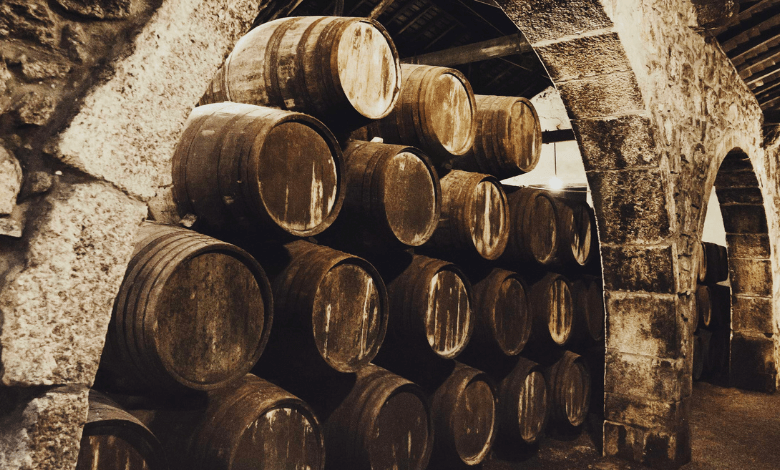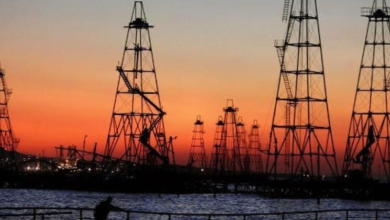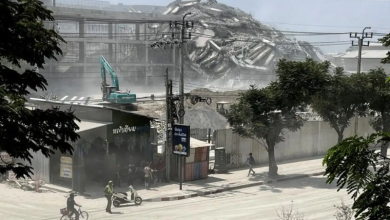Provence: Climate Challenges Alters Centuries-Old Wine Flavor

Centuries-old wine varieties in Provence, France, face a flavor crisis due to changing weather patterns, posing economic challenges for the region’s winemakers.
The urgency of adapting to climate change in the $333 billion global wine industry became evident during the scorching summer, marked by record-breaking heat wave, floods, hailstorms and temperatures worldwide, destructive hail, droughts, wildfires, and floods of biblical proportions.
Global Impact on the Wine Industry:
Grape vines, sensitive to weather shifts, challenge growers globally, from Australia to Argentina. Europe, housing five of the world’s top 10 wine-producing countries and 45 percent of wine-growing regions, is particularly affected.
Accelerated Changes in Vine Growth:
Recent analysis reveals startling shifts in vine growth patterns. Buds appear 15 days earlier than in the early 1970s, ripening starts 18 days sooner, and harvesting begins in late August rather than mid-September. The accelerated pace of change has caught many off guard.
Taste Transformations and Consumer Preferences:
Changing weather leads to smaller grapes producing sweeter wines with higher alcohol content, contrasting with consumer preferences for lighter, fresher wines with increased tartness and lower alcohol levels.
Innovative Approaches to Climate Resilience:
In response to the climate crisis, wineries like Château Pesquié in the Rhône Valley implement emergency irrigation to save young vines from withering in scorching heat. However, long-term reliance on surface water may prevent vines from accessing vital underground water tables.
ALSO READ : Emissions From Electric Power May Peak In 2023 Amid Rapid Growth Of Renewables.
Leading the Way in Adaptations:
Chêne Bleu, a pioneering family winery on La Verrière, has emerged as a leader in Provence, focusing on regenerative and organic cultivation and processing practices to combat climate challenges.



